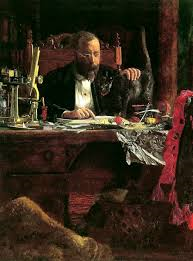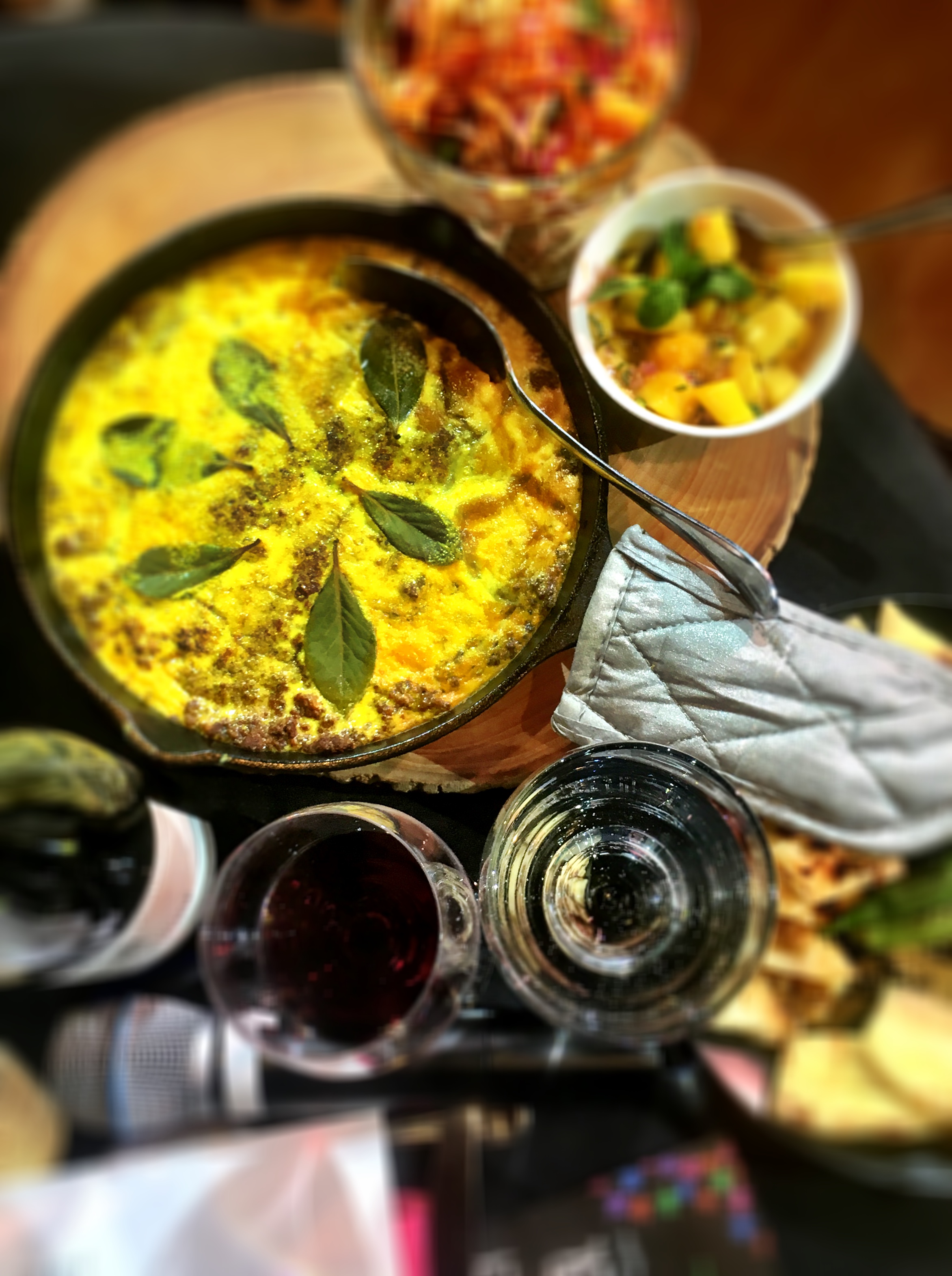Regardless, the WOW audience swooned over the centuries old South African minced meat dish that is traditionally made with exotic spices, herbs and an egg topping, similar to Greek Moussaka or British Shepherd’s Pie, sans the potatoes. It’s really a casserole that can be easily made into one pot, then finished in the oven, a perfect dish for entertaining or feeding the family on a weekday, like perhaps, Wednesday. We served it alongside a delicious, bright citrus slaw and a slightly spicy mango relish designed with fresh mint and medium heat peppers; the chilled slaw successfully cut through the rich, meatiness of the Bobotie, while the mango relish triggered the myriad herbs and brown spices layered throughout. The recipe listed here will ensure that your next dinner party will impress even the most discriminating, finicky guest…wait, or is it insure? Either way, they’re going to love it!
Mispronounced Bobotie
Ingredients
2 tsp coriander seeds, roasted
1 tsp cumin seeds, roasted
½ tsp ground allspice
Pinch of salt
1 tsp curry powder
1 T ginger root, peeled and roughly chopped
1 t turmeric
4 garlic cloves, chopped
½ long green chili, sliced
1/2 small habanero pepper
2 slices bread
1/2c milk
3t vegetable oil
2 onions, finely chopped
1 ½ lb. ground chuck
½ lb. ground lamb
1 green apple, peeled finely diced
1 tbsp. mango Chutney, plus extra to serve
½ c golden raisins, soaked in warm water, drained
½ lemon, juiced
Freshly ground black pepper
¼ c toasted sliced almonds
The Custard
2 large eggs
1 c milk
4 fresh bay leaves
Technique -
Use a spice grinder to grind the coriander seeds, cumin seeds, allspice and salt to a powder. Add the curry powder, ginger, turmeric, garlic and chilies, and pound until a fine paste forms.
Soak the bread in the milk for about 10 minutes, then strain and fluff up bread with a fork.
Heat the oil in a frying pan over medium heat. Add the onions and cook for 5–6 minutes, or until soft. Add the spiced chili paste and cook for 2 minutes, or until fragrant. Increase the heat to high, then add the beef and lamb cook, stirring to break up any lumps, slowly simmer for 30 minutes.
Add the apple, chutney, raisins, lemon juice and mashed bread. Season with salt and pepper and spoon into a shallow baking dish.
To make the topping, whisk together the eggs and milk and pour over the meat. Place the bay leaves on top and bake for 20 minutes at 325 or until custard is just set. Garnish with toasted almonds


















